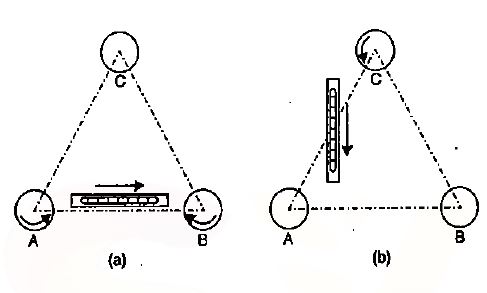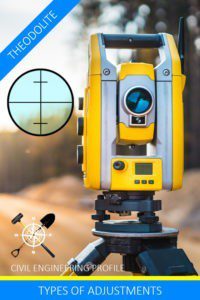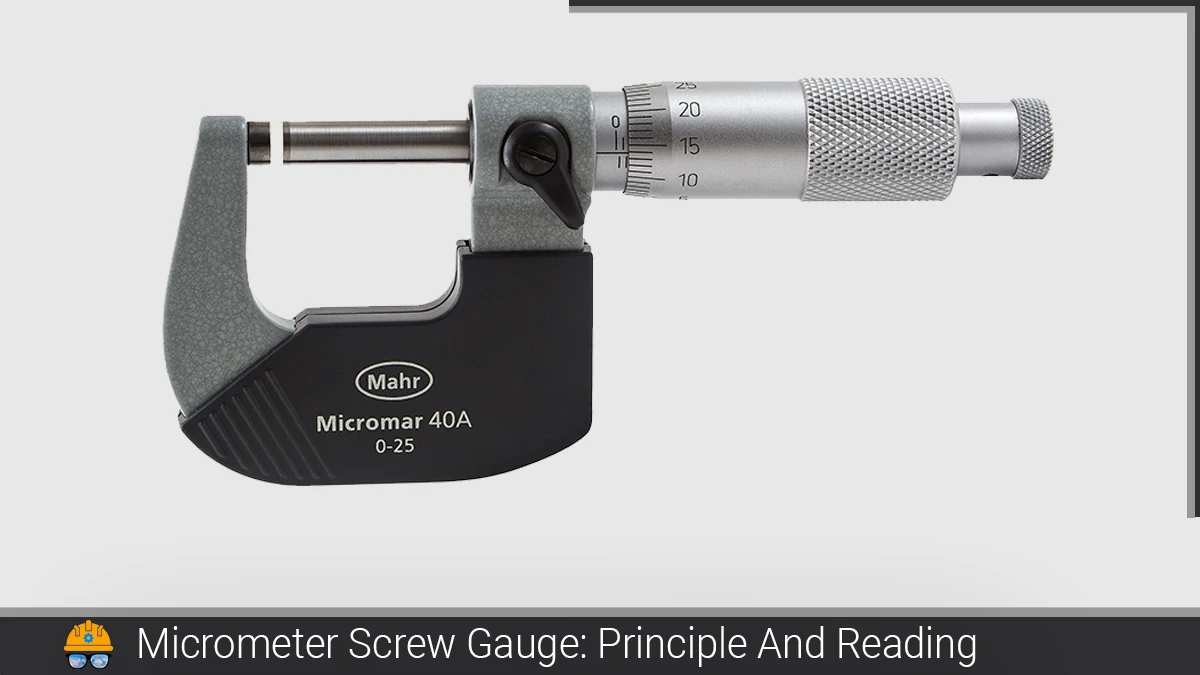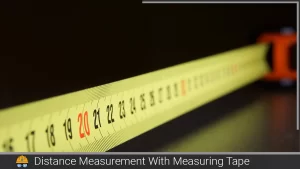Why you should know the surveying instrument called Theodolite? What is so important about Theodolite surveying when there is a much better instrument available in the field of surveying and the engineering industry?
What is Theodolite?
A Theodolite is an optical instrument used for measuring horizontal and vertical angles and also horizontal and vertical distances between two designated stations. It is the most precise instrument built for measuring horizontal and vertical angles with wide applications in the field of surveying. The instrument is also precise for laying horizontal angles, locating points in line, prolonging survey lines, establishing grades, determining differences in elevation, setting out curves, etc.
Classification of Theodolite:
Theodolite may be classified as: –
- Transit Theodolite
- Non-transit Theodolite
1. Transit Theodolite
The theodolite whose telescope can be transited (i.e. Telescope can be revolved through a complete revolution about its horizontal axes in vertical planes) is called Transit Theodolite.
2. Non-Transit Theodolite
The theodolite whose telescope cannot be transited is called Non-Transit Theodolite.
3. Other Types of Theodolite:
- Vernier Theodolite: In this type of theodolite, verniers are provided for reading horizontal and vertical graduated circles.
- Glass arc Theodolite: In this type of theodolite, micrometres are provided for reading horizontal and vertical graduated circles.
Theodolite Surveying
Theodolite surveying is a branch of surveying which is carried out by using an instrument called Theodolite. The instrument is known for its precision in measuring horizontal and vertical angles.
Technical Terms Related to Theodolite Surveying
The following are the technical terms used during the Theodolite surveying by the surveyor
- Horizontal Axis: The axis about which the telescope along with the vertical circle of a theodolite can be rotated in the vertical plane is called the horizontal axes/trunnion axis or transverse axis.
- Axis of the level tube: The straight line which is tangential to the longitudinal curve of the level tube at its centre is called the axis of the level tube.
- Centring: The process of setting up a theodolite exactly over the ground station mark is known as centring,
- Transiting: The process of turning the telescope in a vertical plane through 180 degrees about its horizontal axis is known as transiting.
- Swing: The continuous motion of the telescope about the vertical axis in the horizontal plane is called swing. When the telescope is rotated in a clockwise direction, it is known as the right swing. If it rotated in an anticlockwise direction it is known as a left swing.
- Face left Observation: When the vertical circle is on the left of the telescope at the time of observations, the observations of angle are known as face left observation.
- Face Right Observation: When the vertical circle is on the right of a telescope at the time of observations, the observations of angle are known as face right observation.
- Changing face: It is the operation of changing the face of the telescope from left to right and vice versa.
- Telescope Normal: Telescope is said to be normal when its vertical circle is to its left and the bubble of the telescope is up.
- Telescope Inverted: A telescope is said to be inverted or reversed when its vertical circle to its right and the bubble of the telescope is down.
Also, read: What is Chain Surveying?: The instrument for Chain surveying
Adjustments of a Theodolite
There are two types of adjustments which are the same as in the level Instrument.
- Temporary adjustment
- Permanent adjustment
- Temporary Adjustment:
The adjustments which are made for every setting of a level like
- Setting up the level
- Levelling up
- Elimination of parallax
- Setting Up The Level
This operation includes fixing the instrument on the tripod and levelling the instrument approximately by leg adjustment
- Levelling Up
The object of levelling up the instrument is to make its vertical axis truly vertical with the help of foot screws.

You might also read: Dumpy level: its Principal & Components, also Application
- Elimination of Parallax
If the images formed by the objective do not lie in the same plain of the cross hairs, there will be a shift in the image due to the shift of the eye. Such displacement of the image is termed parallax. This effect is eliminated by following two methods.
- Focussing the eyepiece
- Focussing on the objective
Procedure for focusing the eyepiece:
- Direct the telescope either towards the sky or hold a sheet of white paper in front of the objective.
- Move the eyepiece in or out till the crosshairs appear distinct.
Procedure for focusing on the objective:
- Direct the telescope towards the levelling staff
- Turn the focusing screw till the image appear clear and sharp
- The image so formed must be in the plane of crosshairs.
- Permanent Adjustment:
There are four types of permanent adjustments while conducting theodolite surveying. They are as listed below: –
- Adjustment of the horizontal plate level
- Adjustment of the horizontal axis
- Adjustment of the telescope
- Adjustment of vertical circle index
Sources of Errors in Theodolite Surveying
The sources of error in theodolite surveying are identified as follows: –
- Instrument Error
- Personal Error
- Natural Error
1. Instrument Error
This error occurs due to some faults in the instruments. There are many types of errors caused by instrumental faults.
2. Personal Error
The error is happening due to manipulation, errors in reading and sighting, Parallax and Mistakes in reading and recording.
3. Natural Error
Natural error is not due to human error or instrumental error. Although instrumental error seems to be a natural error it is already mentioned in the first category. While conducting theodolite surveying a natural condition should be considered. Otherwise, the following are the error causes of the natural error.
- Error due to equal atmosphere temperature which expands the various parts unequally.
- Error due to unequal refracted
- Error due to high wind-producing vibration
- Error due to unequal settlement of the tripod
Natural error cannot be eliminated, we should take the observation when the situation is favourable.
Also, read: Plane Table Surveying: Advantages And Disadvantages
FAQs
Q: What is Theodolite?

Ans: A Theodolite is an optical instrument used for measuring horizontal and vertical angles and also horizontal and vertical distances between two designated stations. It is the most precise instrument built for measuring horizontal and vertical angles with wide applications in the field of surveying. The instrument is also precise for laying horizontal angles, locating points in line, prolonging survey lines, establishing grades, determining differences in elevation, setting out curves, etc.
Q: What is Theodolite surveying?
Ans: Theodolite surveying is a branch of surveying which is carried out by using an instrument called Theodolite. The instrument is known for its precision in measuring horizontal and vertical angles.
Q: What is Transit Theodolite?
Ans: Transit Theodolites are those instruments that the telescope can transit (i.e. Telescope can revolve through a complete revolution about its horizontal axes in vertical planes) is called transit theodolite.
![]()







